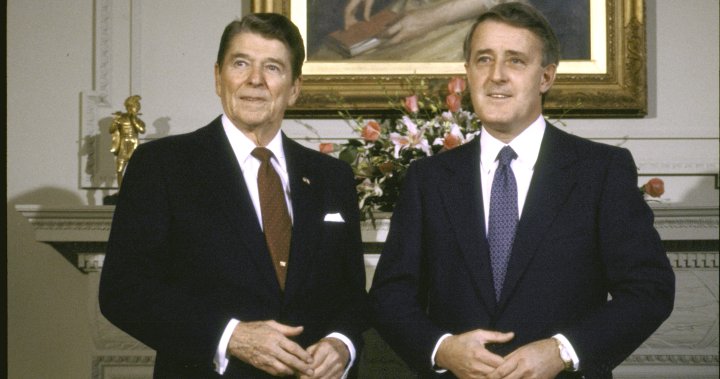The sprawling Ambassador Bridge connecting Windsor, Ontario to Detroit, Michigan stands as more than just a physical link—it’s perhaps the most visible symbol of the complex economic relationship that has developed between Canada and the United States over generations. As roughly 25 percent of the $2.7 billion in daily trade between the nations crosses this single structure, it represents both the opportunity and vulnerability created by Canada’s deep economic integration with its southern neighbor.
“Canada’s relationship with the United States has been evolving since Confederation, but the acceleration of our economic dependence really began in earnest after the Second World War,” explains Dr. Margaret Thompson, professor of international relations at the University of Toronto. “What started as a strategic necessity gradually transformed into the foundation of our economic identity.”
The post-war era marked a decisive shift in how Canada positioned itself globally. With European powers diminished by conflict and America emerging as the dominant Western economic force, Canadian policymakers made calculated decisions to align with U.S. markets. The 1965 Auto Pact represented an early formal integration, allowing duty-free trade of automobiles and parts between the two countries, fundamentally reshaping Canadian manufacturing.
This economic coupling intensified significantly with the 1988 Canada-U.S. Free Trade Agreement, followed by NAFTA in 1994 and eventually the CUSMA agreement in 2020. Each successive deal removed more barriers to cross-border commerce while simultaneously binding Canada’s economic fortunes more tightly to American markets.
“When we examine the trade numbers, the picture becomes starkly clear,” notes Edward Ramsay, senior economist at the Canadian Centre for Policy Alternatives. “Approximately 75 percent of our exports go to the United States, while we receive about 50 percent of our imports from them. No other advanced economy in the world has such a concentrated trading relationship with a single partner.”
This dependence extends well beyond merchandise trade. The telecommunications infrastructure, energy grids, transportation networks, and defense systems between the two countries are deeply intertwined. Canadian pension funds have massive investments in U.S. assets, while American capital flows freely into Canadian real estate and resource development.
The relationship has delivered undeniable benefits for Canadians. Access to the world’s largest consumer market has created millions of jobs and contributed substantially to Canadian prosperity. The stability of the relationship has also allowed Canadian businesses to plan long-term investments with reasonable certainty about market access.
However, recent events have exposed vulnerabilities in this arrangement. The Trump administration’s willingness to leverage the relationship during trade negotiations demonstrated how quickly Canada’s economic stability could be threatened. The 2022 “Freedom Convoy” blockades at border crossings revealed how disruptions to cross-border trade can rapidly impact supply chains and manufacturing operations throughout Ontario and beyond.
“What we’re witnessing is the natural tension that develops when a middle power becomes economically dependent on a superpower,” says Dr. Elaine Wong, director of the Center for North American Studies at McGill University. “The asymmetry creates inherent risks that Canadian policymakers have historically accepted as the cost of doing business with our largest neighbor.”
The COVID-19 pandemic further highlighted these dependencies when U.S. export restrictions on personal protective equipment left Canada scrambling for supplies. Similarly, America’s “Buy American” provisions in infrastructure spending packages have consistently challenged Canadian suppliers’ access to lucrative government procurement opportunities.
Canadian governments have periodically attempted to diversify trade relationships, with varying degrees of commitment and success. Trade agreements with Europe, Pacific nations, and emerging economies have created new opportunities, but the gravitational pull of the U.S. market remains dominant for most Canadian businesses.
“Geography is destiny in many respects,” explains former Canadian ambassador to the United States Michael Kergin. “The reality is that no matter what trade diversification strategies we pursue, the United States will remain our primary economic partner simply due to proximity, cultural similarities, and established business networks.”
As Canada navigates an increasingly unstable global environment, questions about the appropriate balance between integration and independence have taken






















